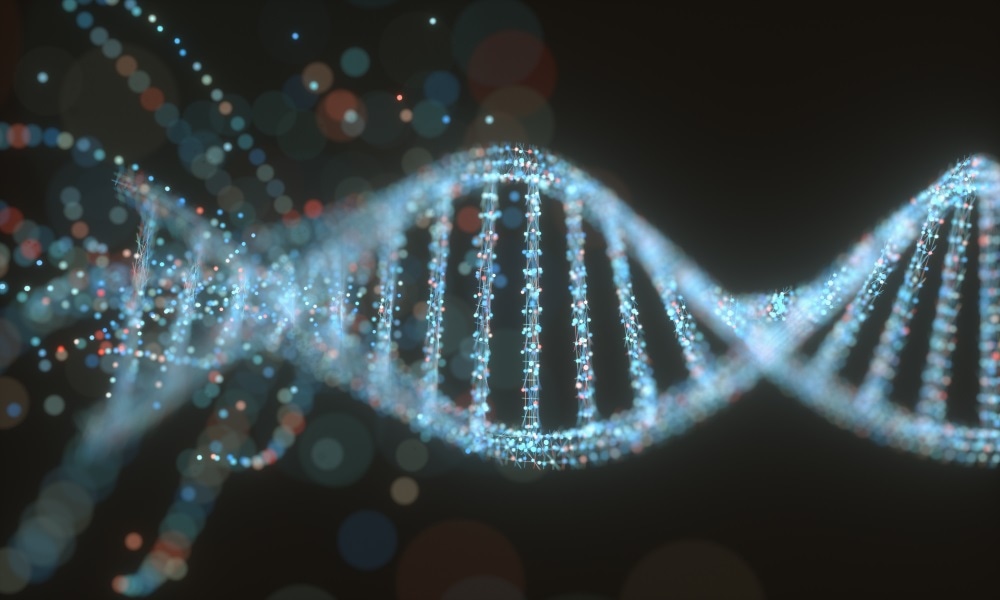Scientists are now able to see inside cells to a genomic level with a newly invented imaging technique called DNA microscopy. Using DNA “bar codes”, DNA microscopy allows scientists to locate a molecule’s position in a sample without using any kind of optics, meaning genomic information can be collected in large amounts.

Shutterstock | ktsdesign
Howard Hughes Medical Institute (HHMI) investigator Aviv Regev, molecular biologist Feng Zhang, who was chosen as an HHMI investigator in 2018, and biophysicist Joshua Weinstein published the report in Cell on June 20, 2019.
“Although imaging of cells and tissues has been a cornerstone of biology ever since cells were discovered under the light microscope centuries ago, advanced in microscopy have to date largely not incorporated the growing capability to make precise measurements of genomic sequences.”
But now, Weinstein says that their new imaging technique offers “another layer of biology that we haven’t been able to see.”
The process employs both light microscopy (which can see molecules in even sparsely populated samples) and DNA microscopy (which excels in samples in which molecules are dense), and Weinstein believes these two processes complement each other well.
Weinstein and the research team wanted to combine optics-centred microscopy that offers intricate insight into subcellular structure and action, and dissection-based microscopy, which allows scientists to gain genetic information through stitching together dissected samples into one, complete picture.
Combining these two microscopy techniques benefits scientists analyzing samples with genetically diverse groups of cells. Weinstein references the immune system as a perfect example, explaining that immune cell genes can vary to a single letter of DNA. These subtle changes can trigger the production of substantially different antibodies in a cell. Additionally, where a cell is found in tissues can also change the production of antibodies as well.
“By capturing information directly from the molecules being studied, DNA microscopy opens up a new way of connecting genotype to phenotype,” Zhang said, with Weinstein adding that by only using one type of microscopy, “you’re only getting part of the picture.”
Firstly, cells are grown and collected in the lab and fixed into a reaction chamber. Then, a range of DNA barcodes are added that attach to RNA molecules, giving each one a unique tag. Next, a chemical reaction is used to make more copies of every tagged molecule.
“Picture every single molecule as a radio tower broadcasting its own signal outward,” Weinstein explains.
In time, the tagged molecules collide with each other and they join to make DNA pairs.
DNA-sequencing is then used to spell out the letters of every molecule in a sample, which can take up to 30 hours. An algorithm then decodes the data, which, according to the paper, represents approximately 50 million DNA letters of genetic sequences from every original cell.
All of this data is then converted into images, allowing scientists to “reconstruct exactly what you see under a light microscope,” Weinstein added.
“It’s an entirely new category of microscopy,” Regev said. “It’s not just a new technique, it’s a way of doing things that we haven’t ever considered doing before.”
Regev hopes that this new microscopy technique “sparks the imagination – that people will be inspired with great ideas that we’ve never thought about.”